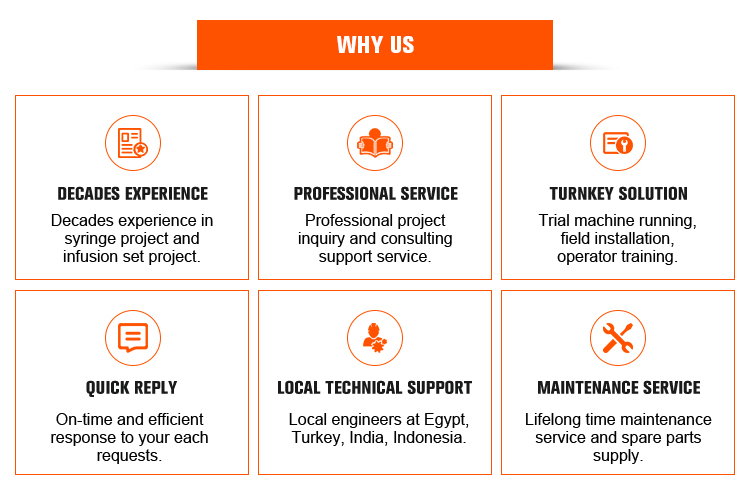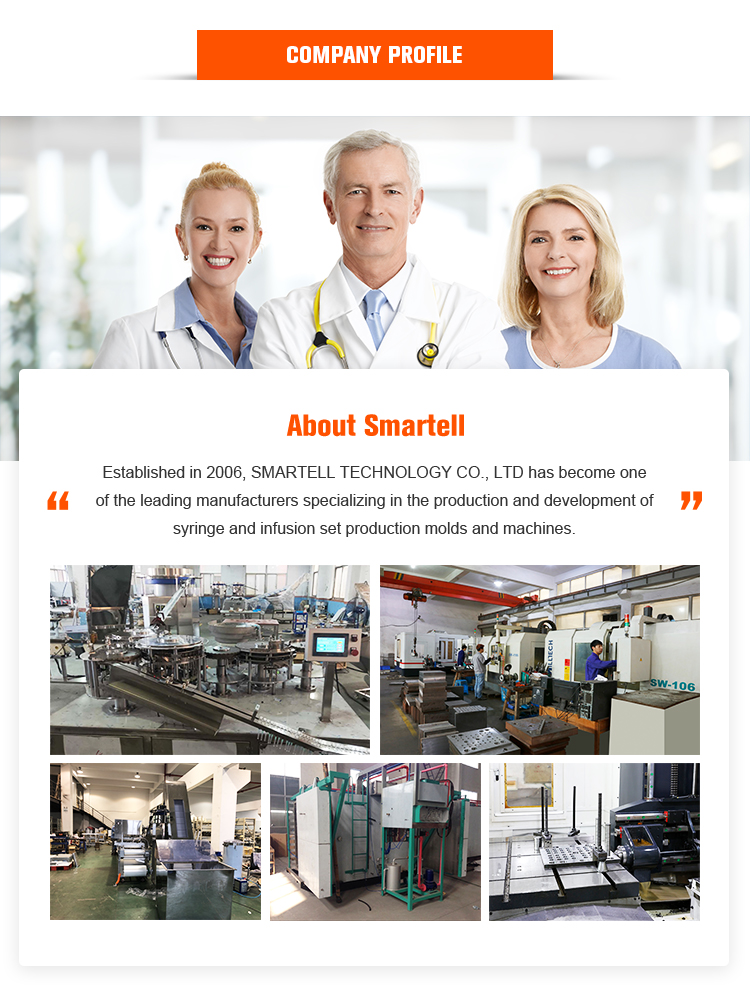| Availability: | |
|---|---|
| Quantity: | |
SMT-2001
Smartell






SPEC | Production Speed | Dimension | Weight | Power | Compressed air flow |
1ml | 280-300pcs/min | 3300x2700x2100mm | 1500kg | AC220V/5KW | 0.3m³/min |
2-10ml | 320-380pcs/min | ||||
20ml | 180-250pcs/min | ||||
30ml | 180-250pcs/min | ||||
50ml | 110-250pcs/min |
All parameters and dimensions are subject to change without prior notice.








SPEC | Production Speed | Dimension | Weight | Power | Compressed air flow |
1ml | 280-300pcs/min | 3300x2700x2100mm | 1500kg | AC220V/5KW | 0.3m³/min |
2-10ml | 320-380pcs/min | ||||
20ml | 180-250pcs/min | ||||
30ml | 180-250pcs/min | ||||
50ml | 110-250pcs/min |
All parameters and dimensions are subject to change without prior notice.



What is it?
A syringe barrel printing machine is specialized for printing on the cylindrical surfaces of syringes, typically the main body or barrel of the syringe. These machines use rotary printing (a form of screen printing or pad printing) to print on the curved surface of syringes, which can be challenging due to their round shape.
How it works:
The syringe is placed on a rotating mandrel, which spins as the printing process occurs.
In rotary screen printing, ink is passed through a screen mesh that is pre-stretched with the design to be printed. As the syringe barrel rotates, the ink is applied evenly along the length of the syringe.
In rotary pad printing, a pad moves along the syringe barrel, pressing the ink onto the surface of the syringe in a continuous motion.
Advantages:
Uniform Printing: Ensures that the design is applied evenly and accurately across the entire length of the syringe barrel.
High Output: Capable of high-speed, large-batch printing, making it ideal for mass production environments.
Durability: Prints are highly durable and resistant to scratches, fading, and chemical degradation, even after sterilization.
Applications:
Measurement Scales: Printing graduated scale lines to indicate the syringe’s volume capacity is a critical application for syringe barrel printers.
Sterilization and Compliance: Syringes must be printed with safety warnings, batch numbers, and expiration dates for regulatory purposes.
Personalization: Some manufacturers also print custom markings for specific medical applications, ensuring that the syringe meets user or regulatory specifications.


What is it?
A syringe barrel printing machine is specialized for printing on the cylindrical surfaces of syringes, typically the main body or barrel of the syringe. These machines use rotary printing (a form of screen printing or pad printing) to print on the curved surface of syringes, which can be challenging due to their round shape.
How it works:
The syringe is placed on a rotating mandrel, which spins as the printing process occurs.
In rotary screen printing, ink is passed through a screen mesh that is pre-stretched with the design to be printed. As the syringe barrel rotates, the ink is applied evenly along the length of the syringe.
In rotary pad printing, a pad moves along the syringe barrel, pressing the ink onto the surface of the syringe in a continuous motion.
Advantages:
Uniform Printing: Ensures that the design is applied evenly and accurately across the entire length of the syringe barrel.
High Output: Capable of high-speed, large-batch printing, making it ideal for mass production environments.
Durability: Prints are highly durable and resistant to scratches, fading, and chemical degradation, even after sterilization.
Applications:
Measurement Scales: Printing graduated scale lines to indicate the syringe’s volume capacity is a critical application for syringe barrel printers.
Sterilization and Compliance: Syringes must be printed with safety warnings, batch numbers, and expiration dates for regulatory purposes.
Personalization: Some manufacturers also print custom markings for specific medical applications, ensuring that the syringe meets user or regulatory specifications.








